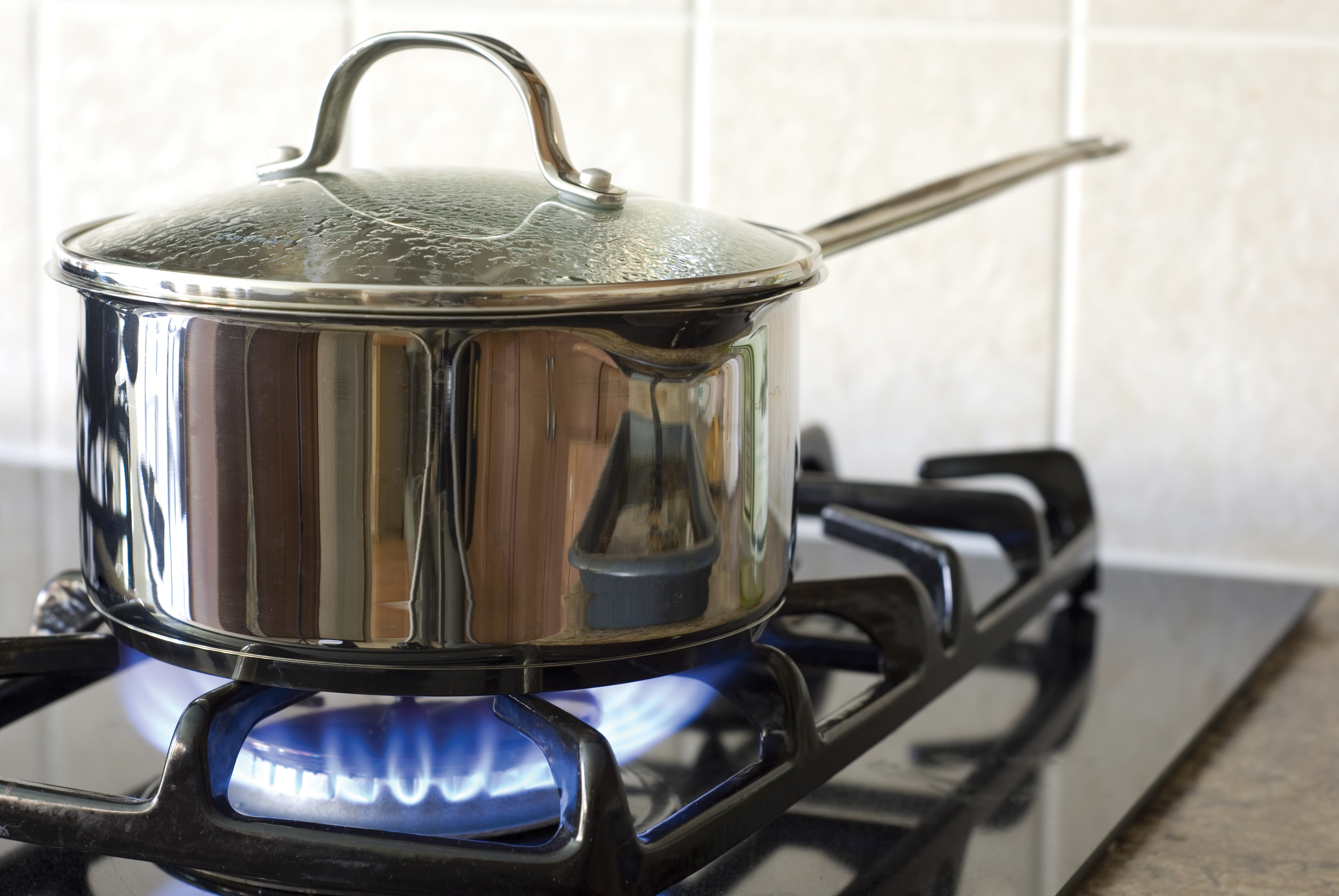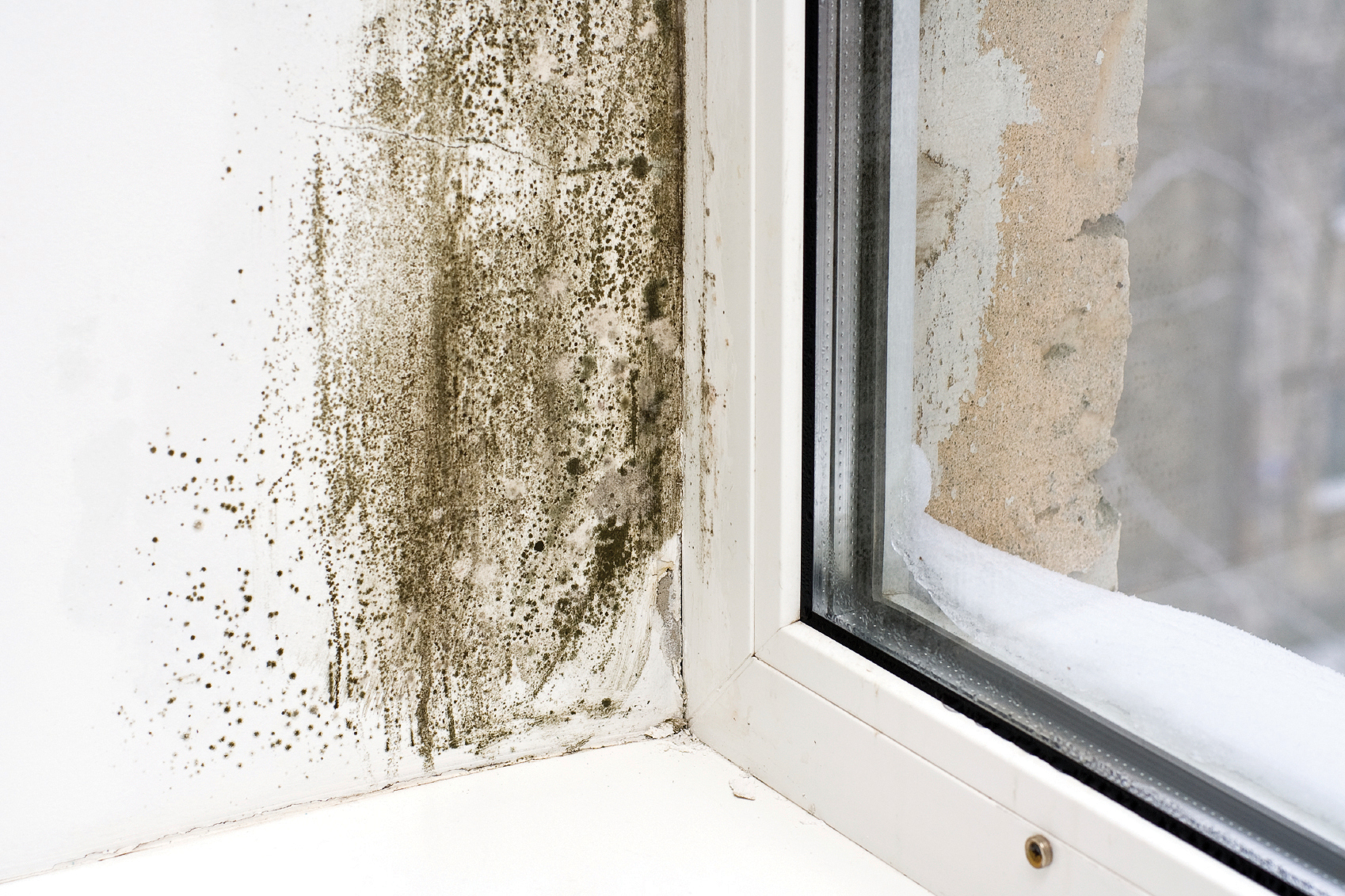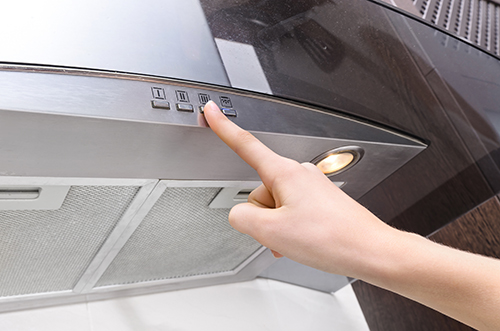All properties can get damp, condensation and mould
We’re all able to reduce the amount of condensation in our homes by learning what it is and finding out what causes it.
Here we explain how mould and condensation can occur, and what you can do to prevent it from affecting your home.
Damp is...
85% of reports of damp and mould from our customers turn out to be mould due to condensation damp rather than a building defect.
Damp from a building defect, such as an internal water leak or penetrating damp from outside of the building, will cause obvious damage to the decoration with peeling paint, damage to the plaster and staining to the surface.
If you have physical signs of damp damage please check for a building fault and report this to our contact centre.
Condensation damp won’t cause any damage to the surface as it is due to humid air condensing on cold surface. It’s the main cause of mould growth in the home as the mould grows on condensation moistures.
This condensation is not normally visible, but it can cause water run marks on the wall in extreme cases of high humidity.
Condensation is...
There’s always some moisture in the air, even if you can’t see it.
Air is like a sponge; the warmer it is the more moisture it’ll hold. As warm air cools it can’t hold all the moisture it’s carrying and will deposit it as tiny droplets of water. These droplets, known as condensation, are most noticeable on cold surfaces or in areas where there is little movement of air.
Common places include:
- Bedroom windows first thing on a cold morning
- The bathroom mirror and walls after a shower
- Kitchen windows and walls during cooking
- On the inside of an external wall behind large pieces of furniture.
Condensation is a common issue and is easily controlled. It’s created through our everyday activities at home from bathing to cooking and drying clothes. Even breathing adds some moisture to the air.

What causes condensation?
- Too much moisture being produced
- Not enough ventilation
- Cold surfaces
- Poorly heated rooms
To help reduce and control condensation and mould in the long term you’ll need to review all of these issues.
First steps against condensation

There are some simple things you should do straight away when you notice condensation. Dry your windows and windowsills every morning with a cloth. You’ll also need to check and dry surfaces in the kitchen or bathroom as they may have become wet due to steam. Wring out the cloth rather than drying it on a radiator.
Effects of excessive condensation

If moisture has been present for a long time or condensation is excessive, mould may have begun to grow. If left untreated, mould will spread so it must be treated as soon as you see it. Mould can worsen existing respiratory problems, including asthma and bronchitis, so it’s important you do this.
Mould is...
Mould and mildew are living organisms which are present at low levels virtually everywhere both indoors and outdoors.
Mould has a musty odour and presents as green, grey, brown or black spots and clusters.
Mould spores normally live in the air and underlying surfaces of buildings and only grow when in contact with excessive moisture in the air. When the moisture gets trapped from poor ventilation, condensation forms on cold surfaces, which can result in droplets forming on walls and ceilings. Mould is almost always caused by condensation, as it will only grow on condensation water which contains fats and grease (from cooking, washing, bathing) and general household dirt which both waters and feeds the mould spores.
Whilst the most common mould is black and spotty it can also appear as fluffy white, brown or green.
Typical areas of mould growth are around windows, corners of walls and ceilings, external walls and behind furniture.
Mould can also grow on:
- Soft furnishings
- Wardrobes
- Curtains
- Clothes
- Shoes
- Natural materials e.g. leather, wood and cotton.
First steps to removing mould
You can treat minor mould (a hand size patch or smaller in one or more rooms, mould area up to 1m2 in total) in your home yourself but if the mould is extensive it’s best left for a professional to clean it for you.
Take a photo of the mould before you begin treatment to record where the mould was and don’t leave it for us to see, as it may spread. This will help us identify problem areas that may need further investigation.
Mould covering large areas or entire walls/ ceilings should be reported to us to be cleaned. Please call us with details of which rooms are affected.
To kill and remove mould, wipe down and spray walls and window frames with a dedicated mould cleaner that carries a Health and Safety Executive (HSE) ‘approval number’.
Make sure you follow the instructions for its safe use.
Dedicated mould cleaners are available at local supermarkets. Do not try to remove mould by using a brush or vacuum cleaner.
Ventilating your property
Reduce condensation by removing moist air from your home.
All properties will have some form of ventilation to help remove moist air and replace it with fresh air from outside.
Ventilation is typically installed as:
Extractor fans

Our modern humidistat fans are designed to run continuously and to boost when moisture levels are high. It’s essential to leave these on at all times to manage moisture levels in your home. They are efficient to run, costing around £10 a year.
Trickle vents

These are installed to the inside of your window frames and must be left open.
You can also reduce the potential for condensation by good background ventilation. You can do this by opening small windows on opposite sides of your home. You only need to open your windows to the first notch. It’s advised to open interior room doors to allow drier air to circulate throughout your home.
Be careful not to ‘over-ventilate’ your home when it is cold, as it’ll cause the temperature inside to drop. Also make sure accessible windows will not cause a security problem and remember to close them when you go out.
You can also try purge ventilation to clear humid stale air from your home. You can read how to do this in the leaflet below.
Keeping warm
Condensation becomes less likely when your home is warm.
The temperature of your home is affected by how you use your heating system and how well insulated the building is. The government recommends keeping your home at 18c for comfort and health.
Air temperatures below 16c have been sown to have a negative impact on any underlying health conditions.
Heating one room to a high level and leaving other rooms cold creates and worsens condensation in the unheated rooms. It is better to have a medium level of heat throughout.
It’s best to use the heating controls to heat regularly and evenly rather than controlling the heating manually.
If you have night storage heaters use the controls to operate them rather than turning them off at the wall. It’s also important to use all of them otherwise they won’t heat the home sufficiently. It’s better to have them all on low than just using a few of them.
Useful contacts
If your problems with damp, mould and condensation persist after following these guidelines, contact us to discuss the problems you’re experiencing.
Call us on 0333 400 8222 or email info@aster.co.uk.
Contact us
